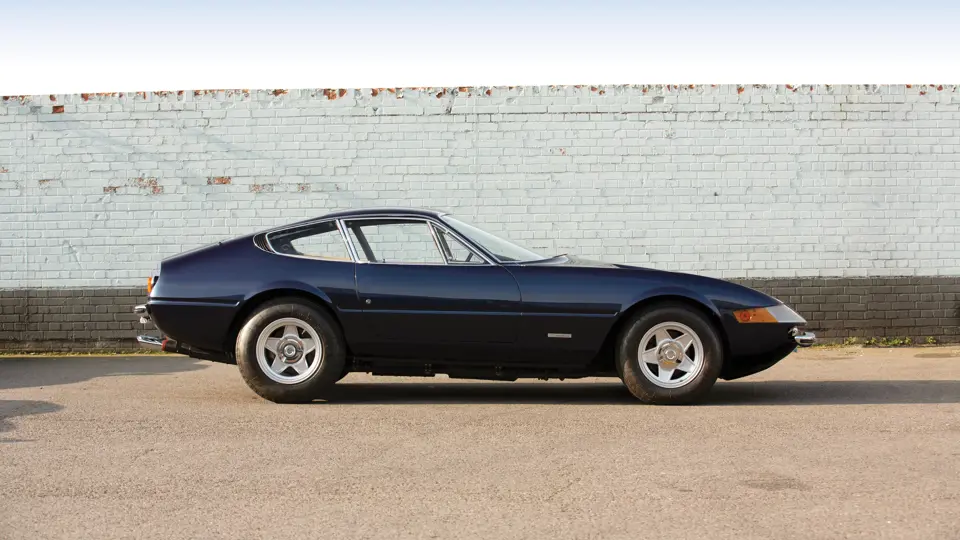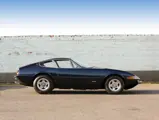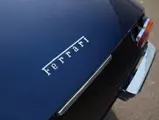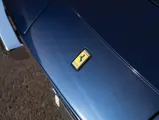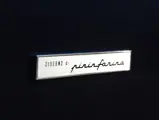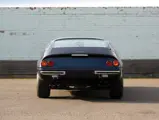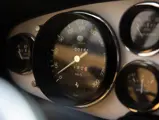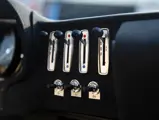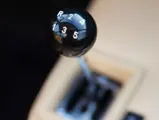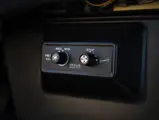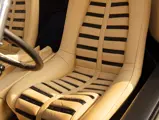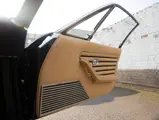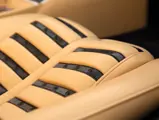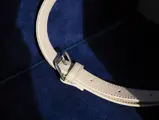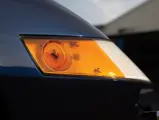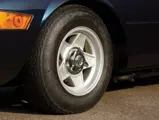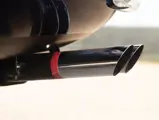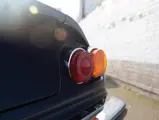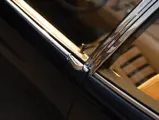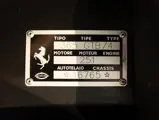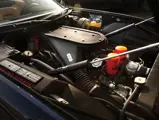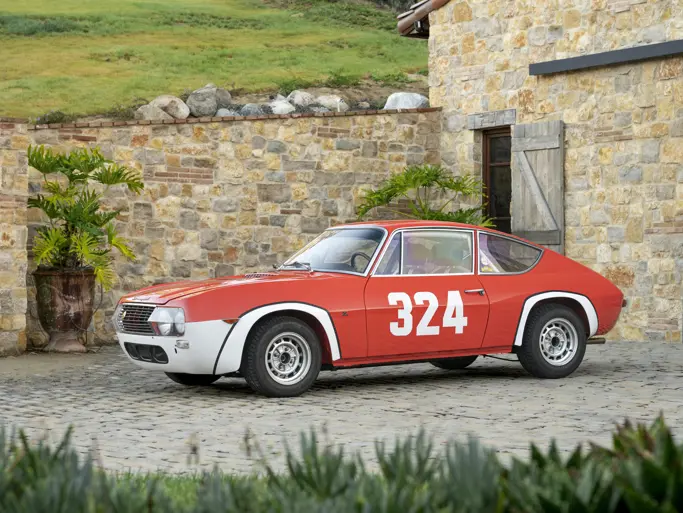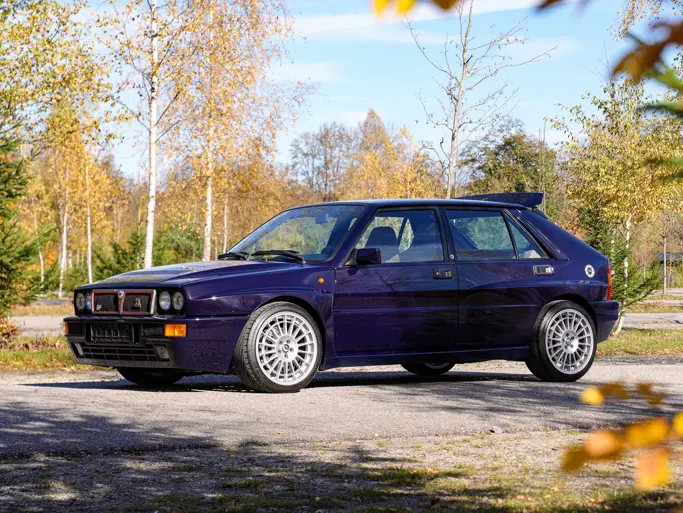With the advent of the mid-engined Lamborghini Miura in 1966, the writing was on the wall that Ferrari would soon have to offer a suitable competitor. Unexpected engineering delays pushed back the intended timing of the upcoming 365 GT/4 BB, however, so one final development of the classic front-engined Colombo V-12 was undertaken. While the new chassis type 605 was a furtherance of the prior 275 GTB/4 architecture, and the time-honoured short-block motor was enlarged to displace 4.4 litres, exterior styling was completely updated, and the result was to become one of Ferrari’s most distinct models.
The 365 GTB/4 berlinetta was announced at the Paris Salon in October 1968 and featured brand-new coachwork penned by Pininfarina designer Leonardo Fioravanti. The shark-nose styling was a significant departure from prior models that was never to be repeated, making the model one of the most unique in Maranello’s entire production history. As Ferrari had recently swept the competition with a 1-2-3 finish at the 1967 24 Hours of Daytona with an assortment of P3, P3/4, and 412 P models, the new road car was nicknamed the Daytona, although this name was never officially endorsed by the factory. Manufactured through 1973, the Daytona was the final development in a long line of classic front-engined V-12 models, and it has now grown to be one of Ferrari’s most celebrated models, representing a veritable turning point in the company’s storied history.
This beautifully finished example of the beloved Daytona benefits from Ferrari Classiche certification. According to the combined research of marque expert Marcel Massini and evidence offered by factory records, chassis no. 16765 completed assembly in mid-July 1973, finished in Marrone Metallizzato paint and upholstered with Beige Vaumol leather. The Daytona was specified for the European market with instruments in kilometres and equipped with air conditioning and power windows, making for a very well-appointed example.
In September 1973 the Ferrari was delivered to the distributor of record, Renato Nocentini’s Garage La Rotonda in Prato, Florence. Though the Daytona’s interim history is currently unknown, at some point the car’s original engine and transaxle were substituted with correct components from a sister car, mostly likely done in the United States. The car is also fitted with wider nine-inch Cromodora wheels at the rear, a popular modification resembling the competition Daytona examples.
In recent years, chassis no. 16765 was fully restored by Joe Macari Performance Cars, an official Ferrari service centre in London, UK, who also oversaw the certification process. The berlinetta is currently finished in the factory shade of Blu Julie and trimmed with a cream interior with black bolster inserts for the Daytona seats, combining for a very attractive colour scheme. Presenting very well, this late-production Daytona berlinetta is ideal for presentation at local concours d’elegance and Italian car shows, or it may be enjoyed on the open road for the V-12’s stout performance. It would make a beautiful complement to any sporting collection and a perfect acquisition for Ferrari enthusiasts of all kinds.

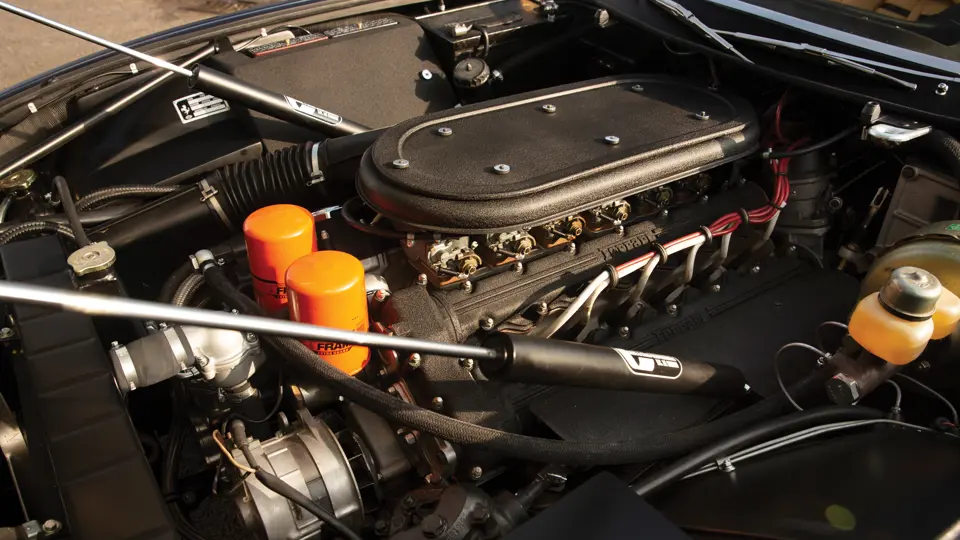


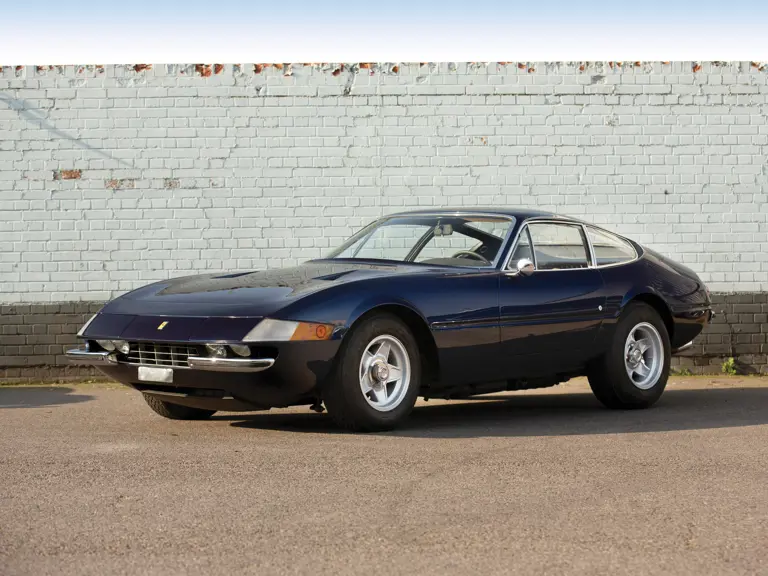
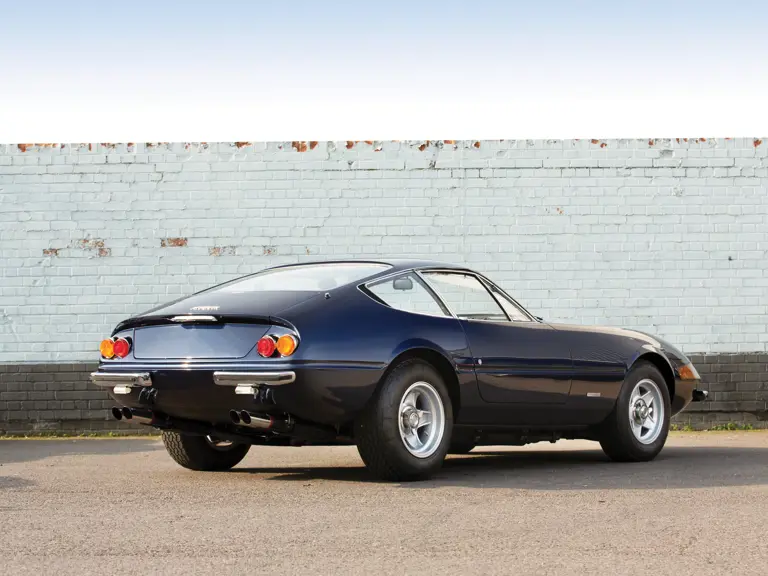
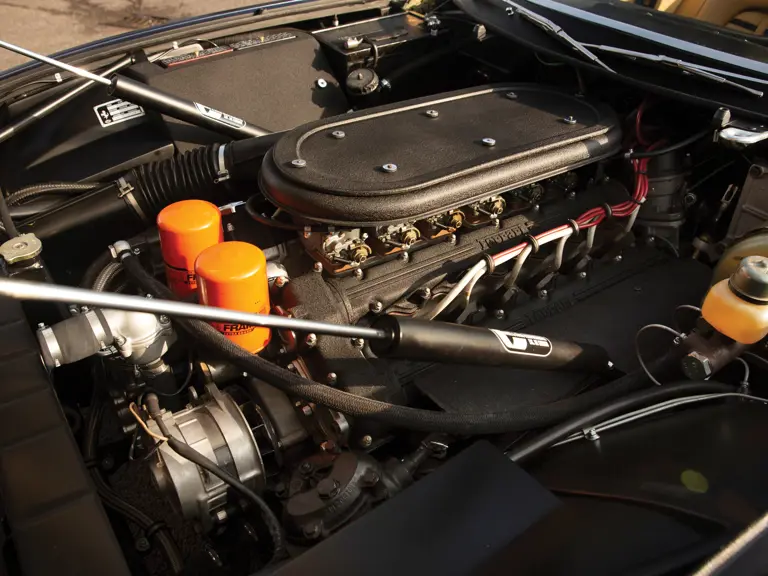
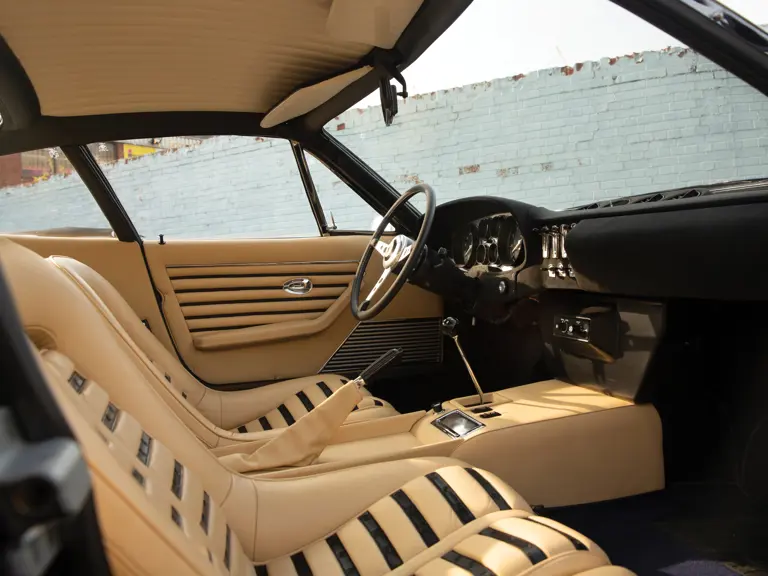
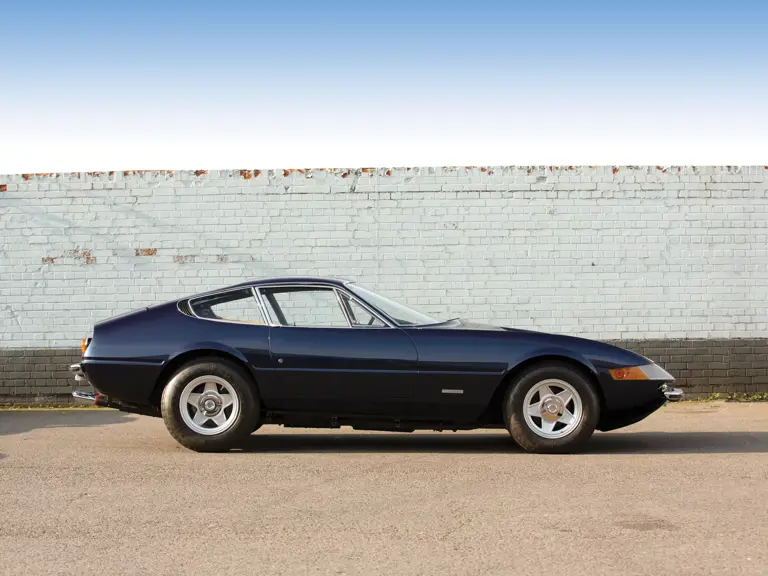
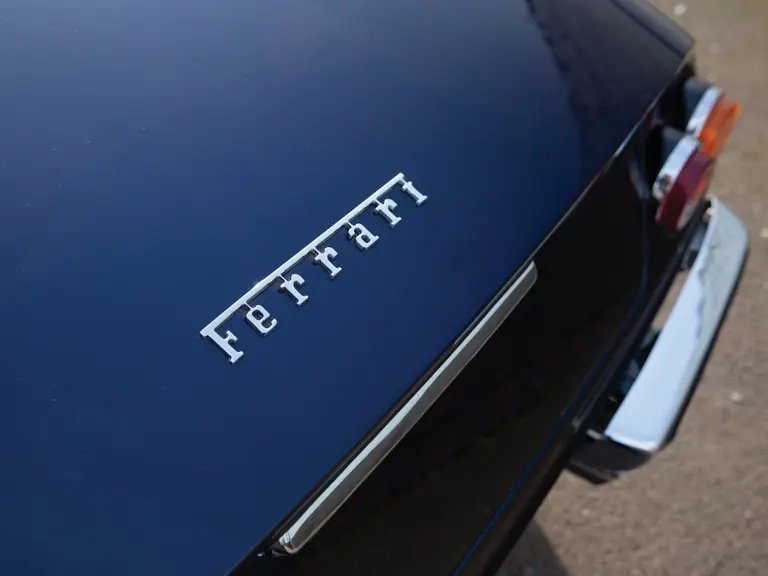
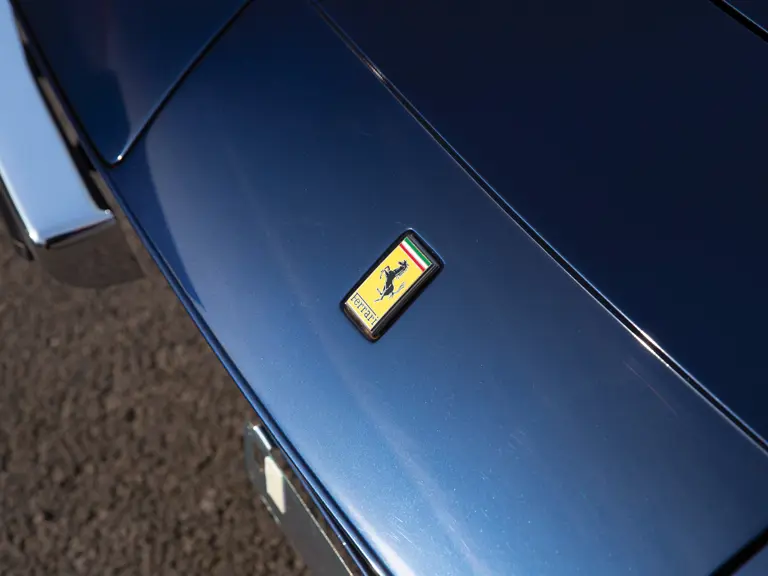



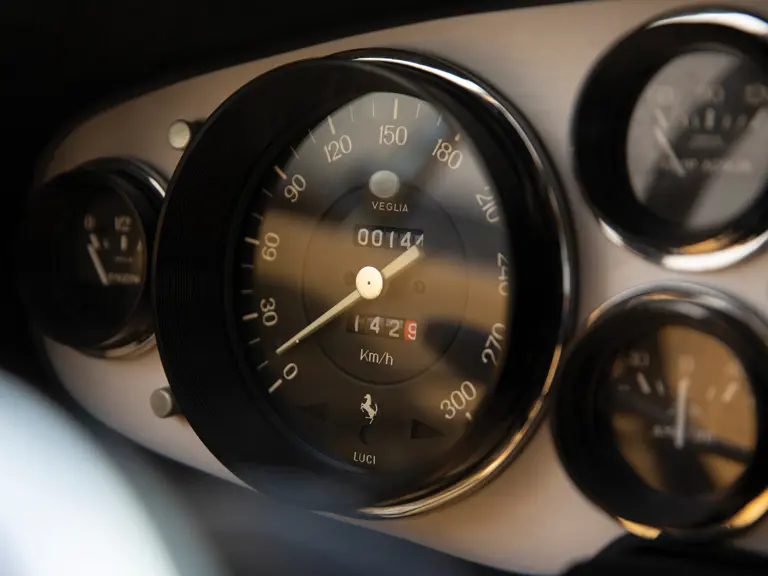
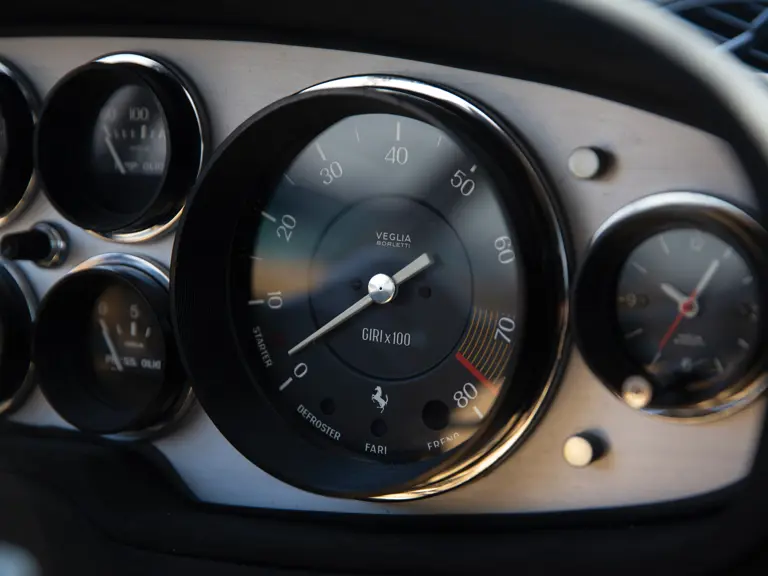

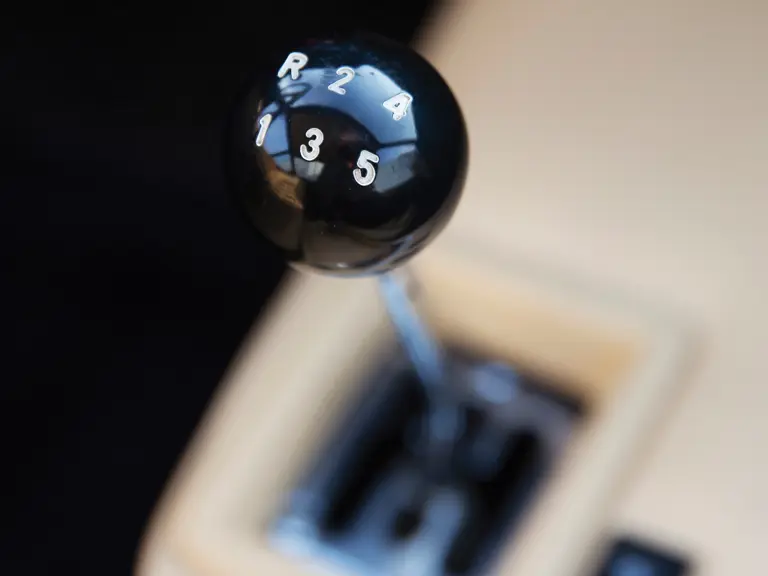
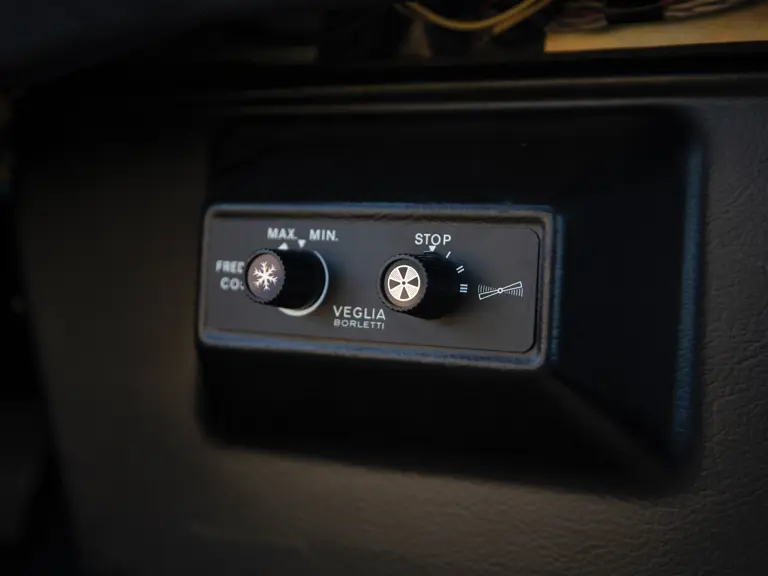
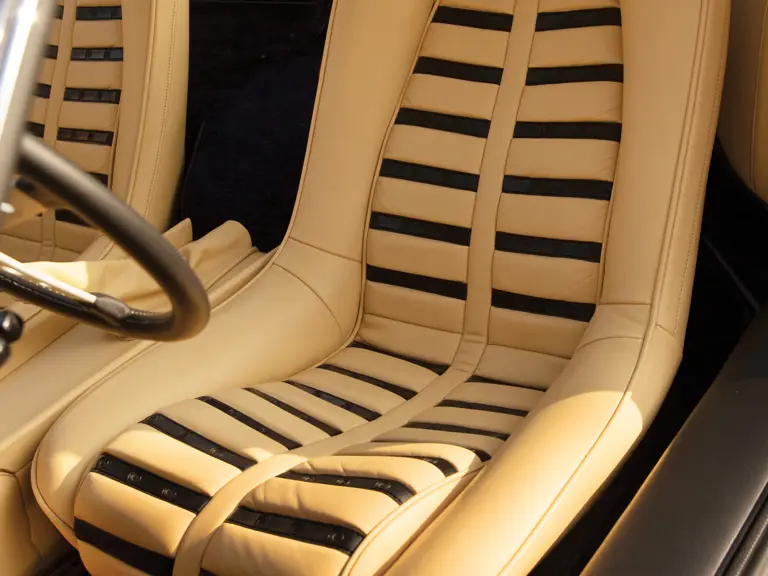
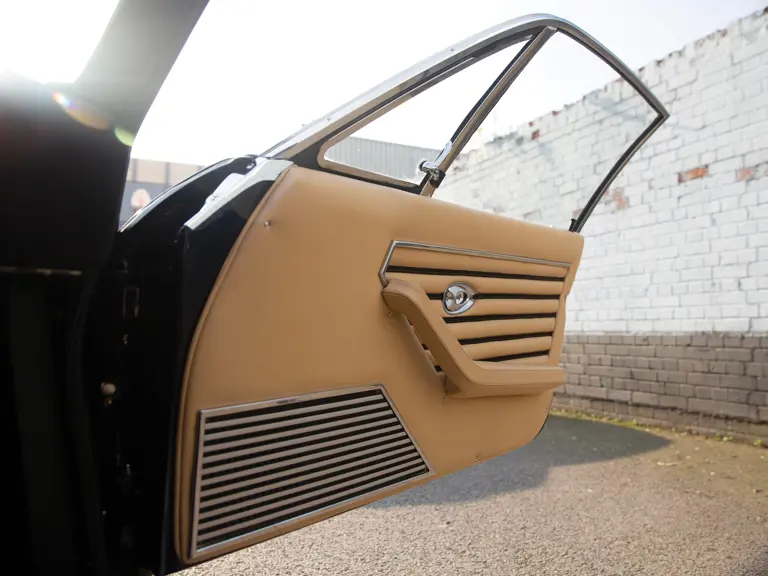
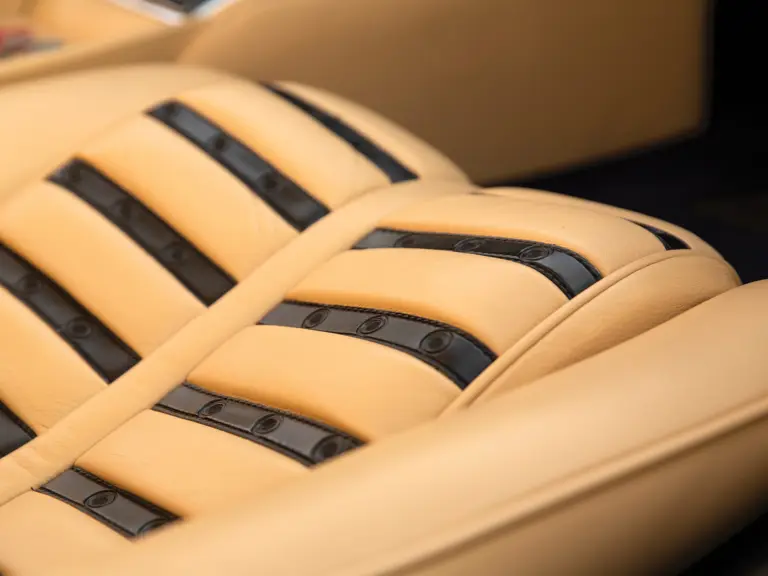
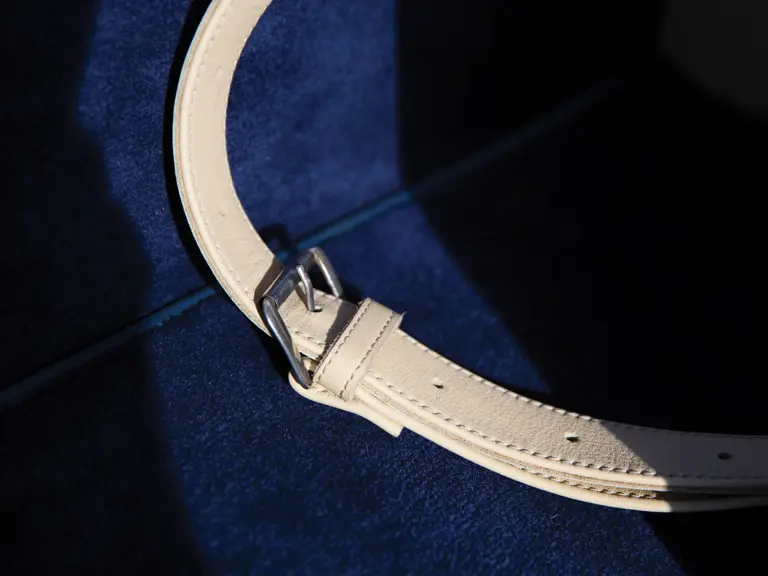
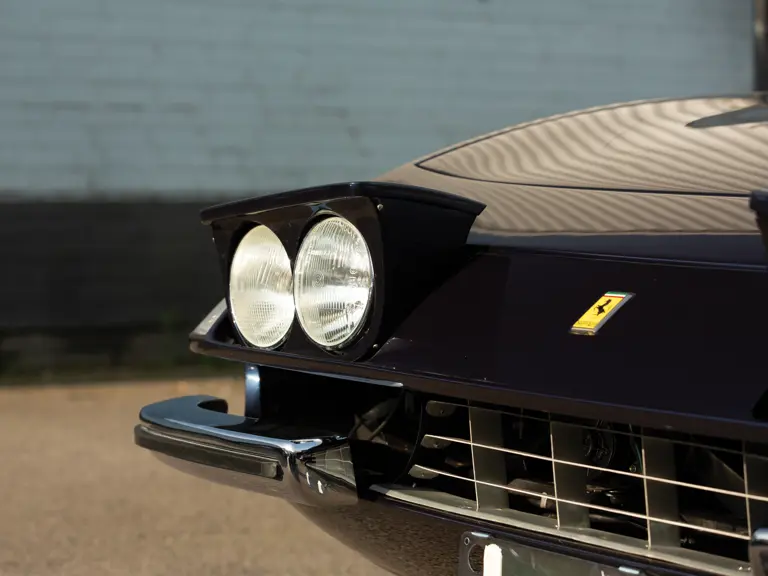
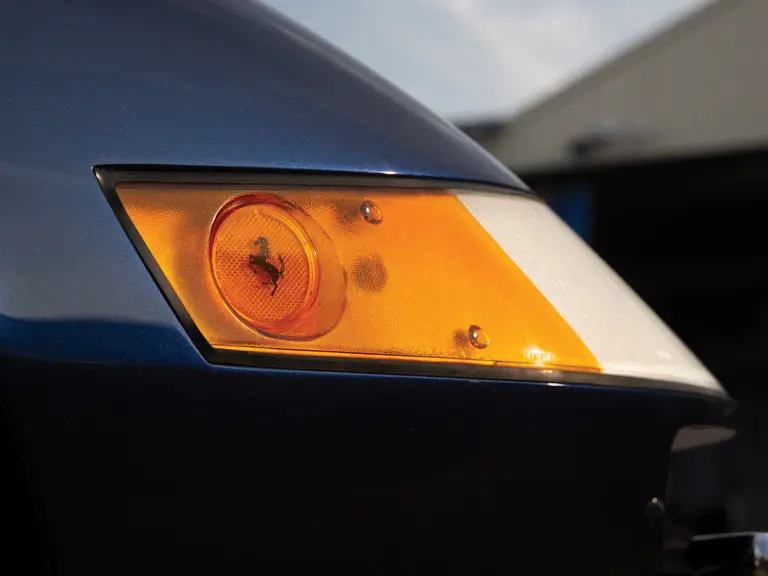
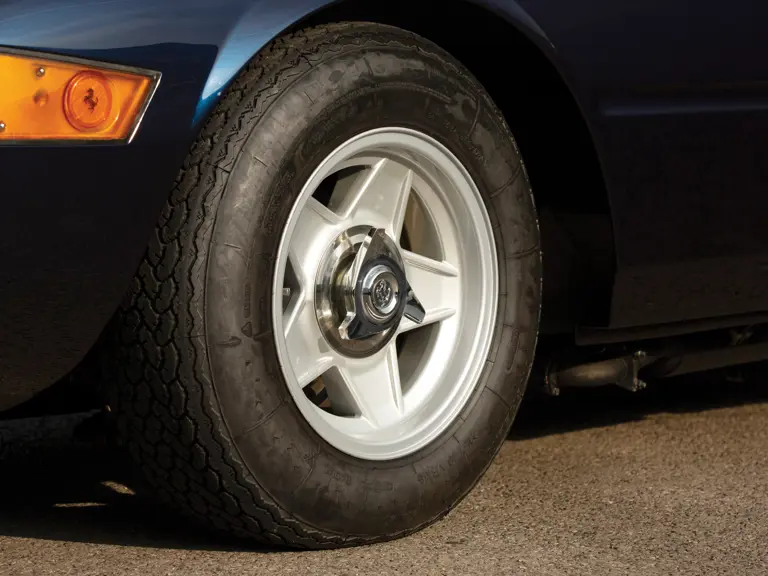
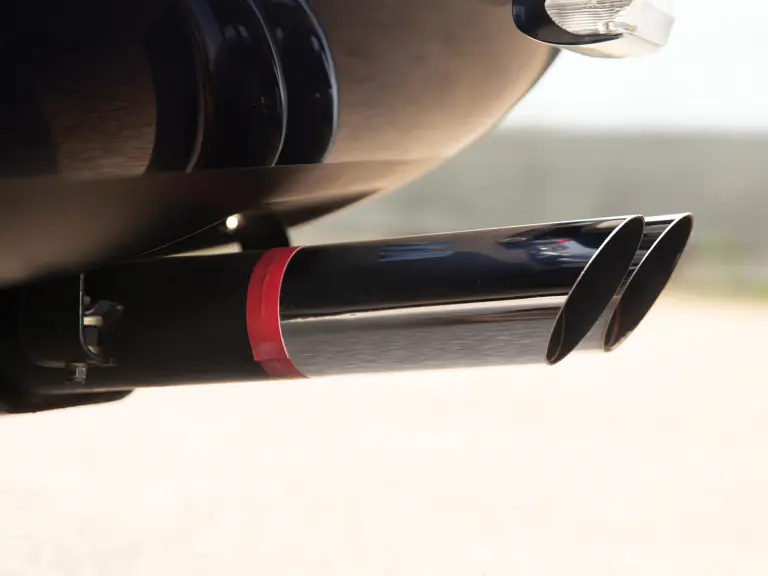

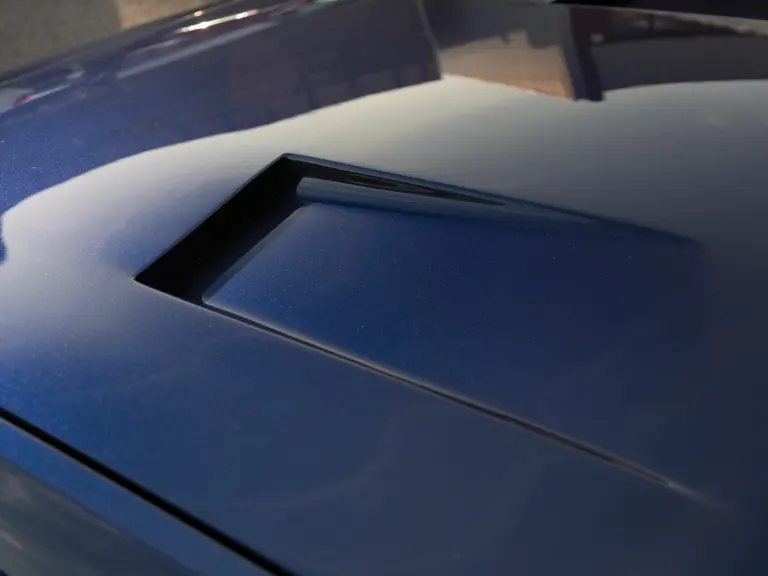

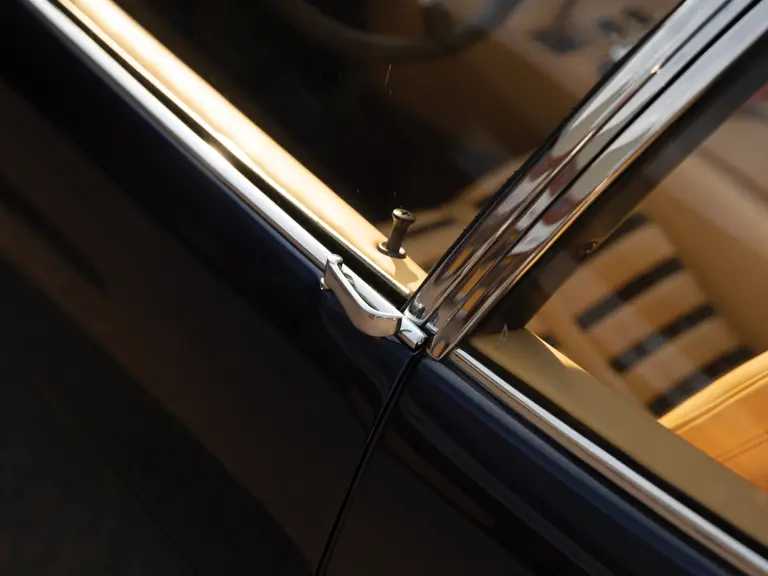
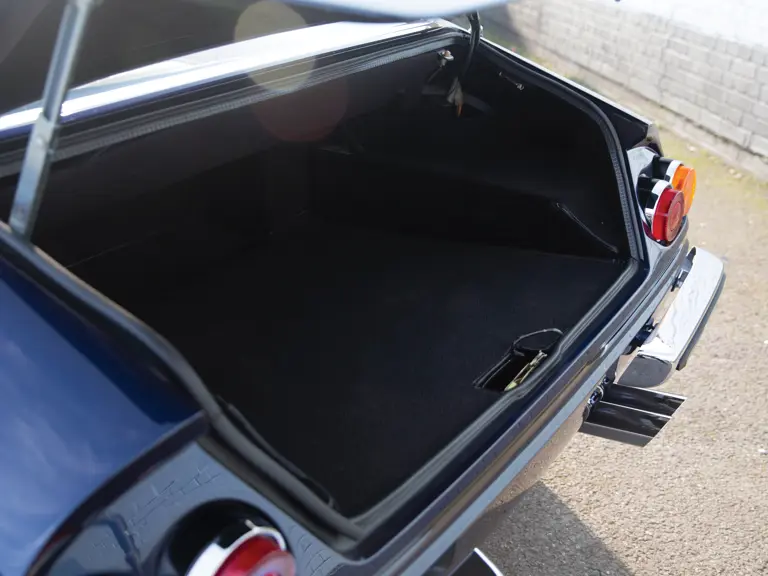
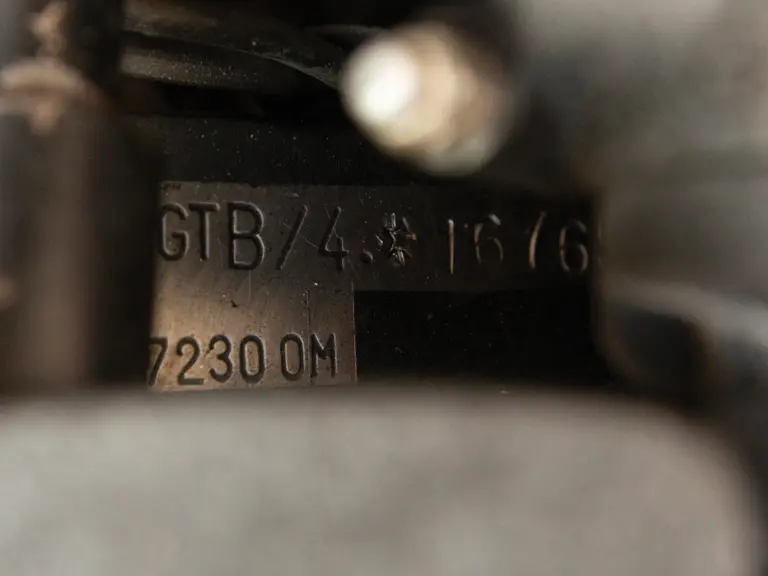

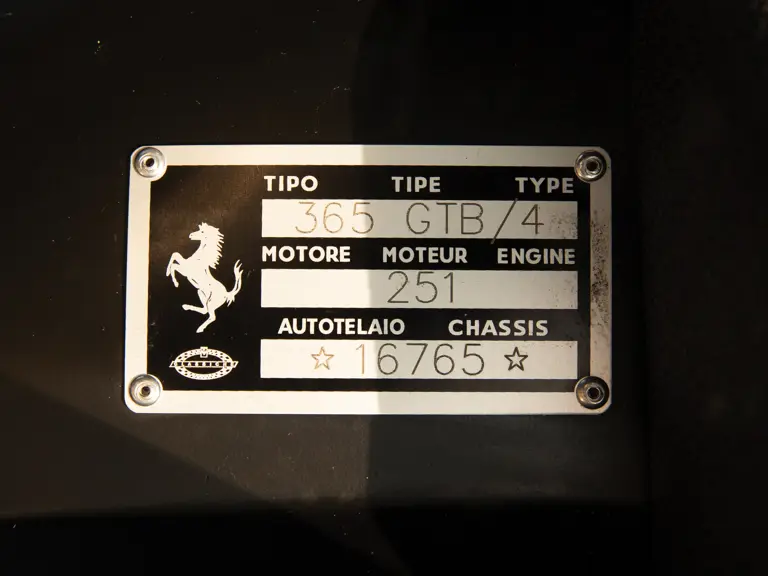
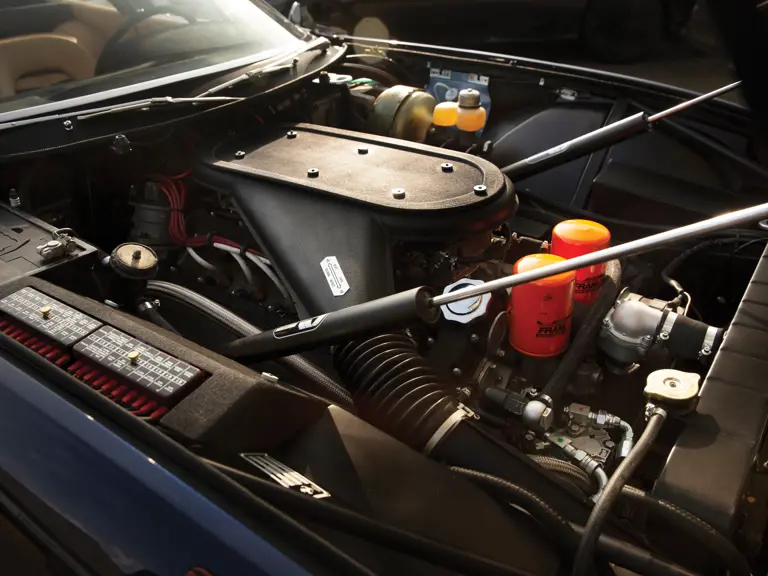
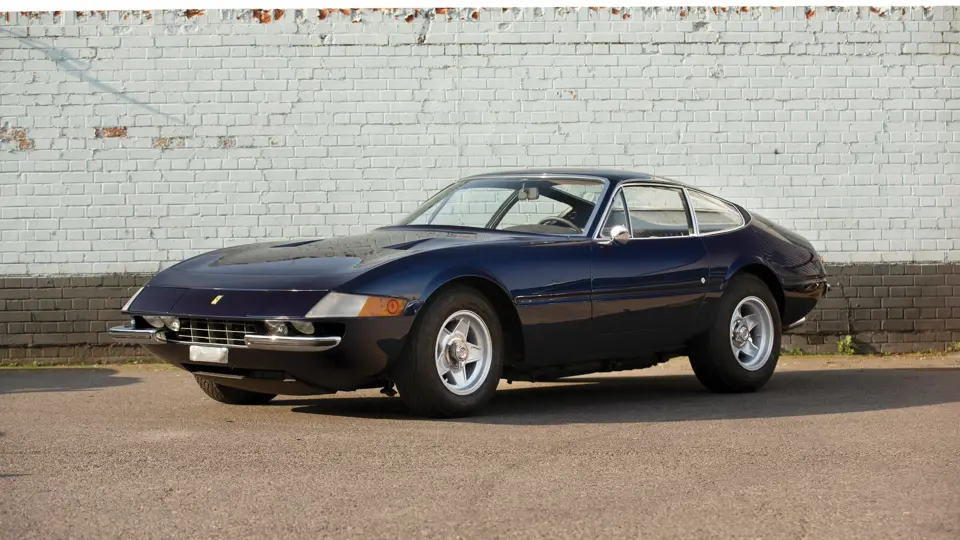
 | Abu Dhabi, United Arab Emirates
| Abu Dhabi, United Arab Emirates
